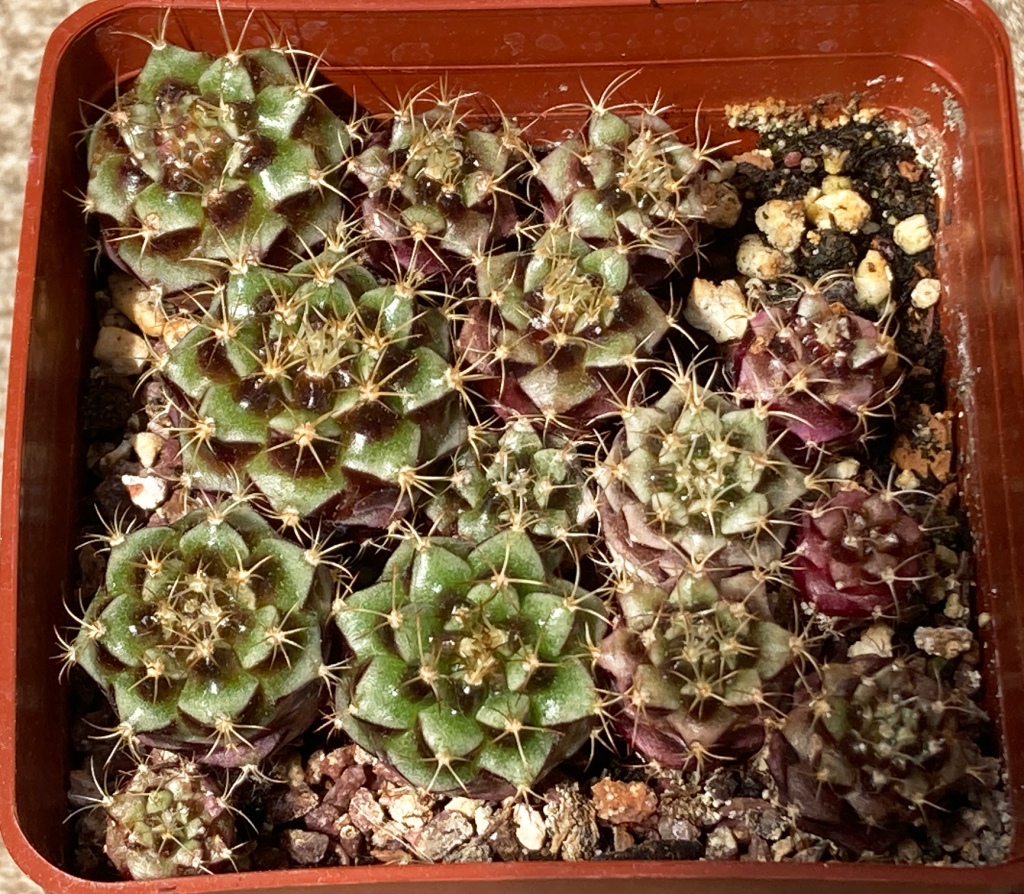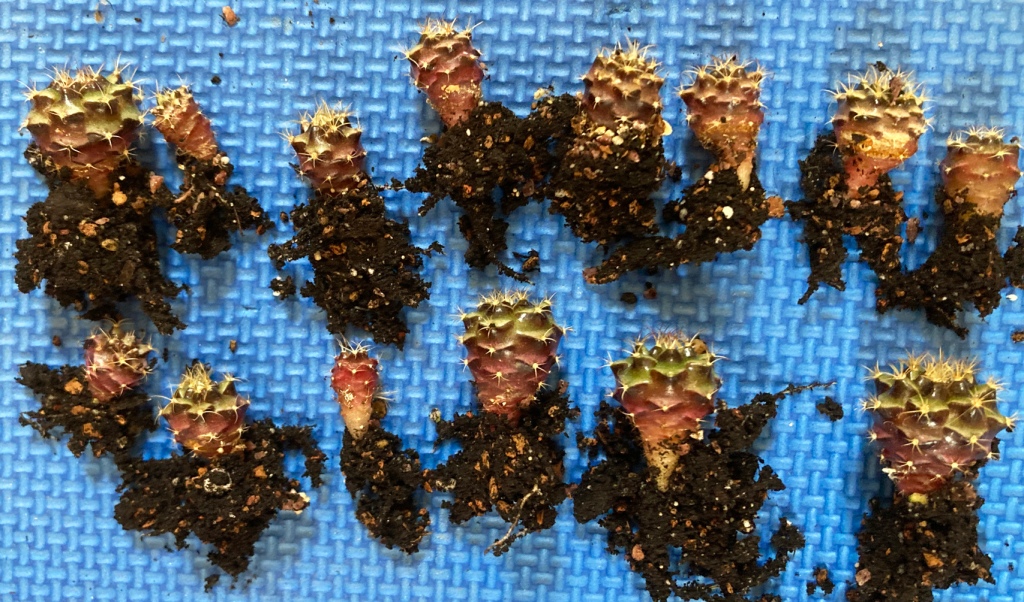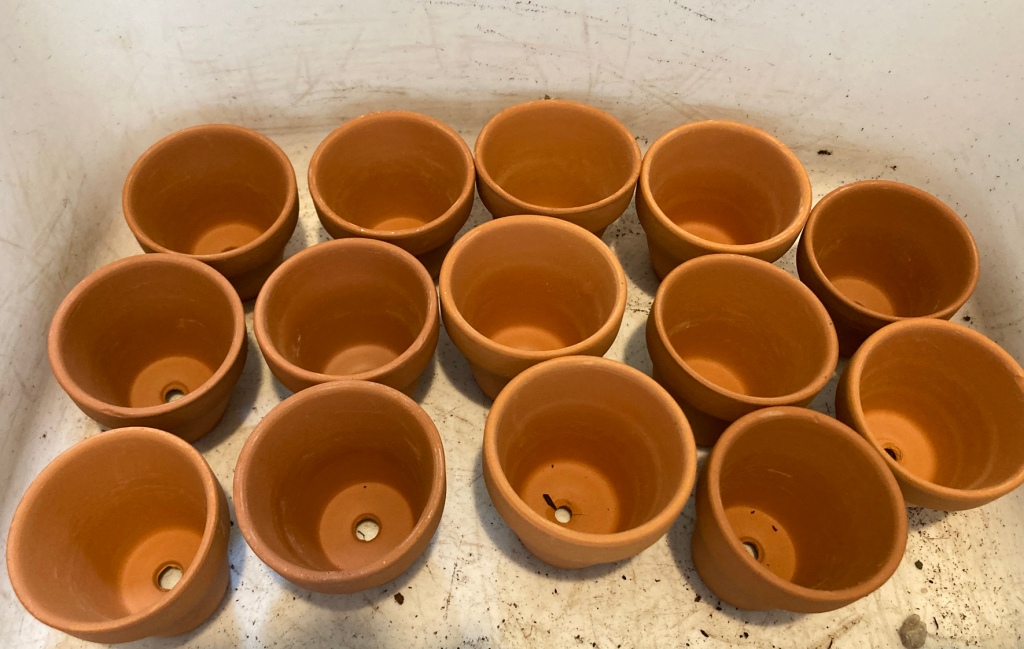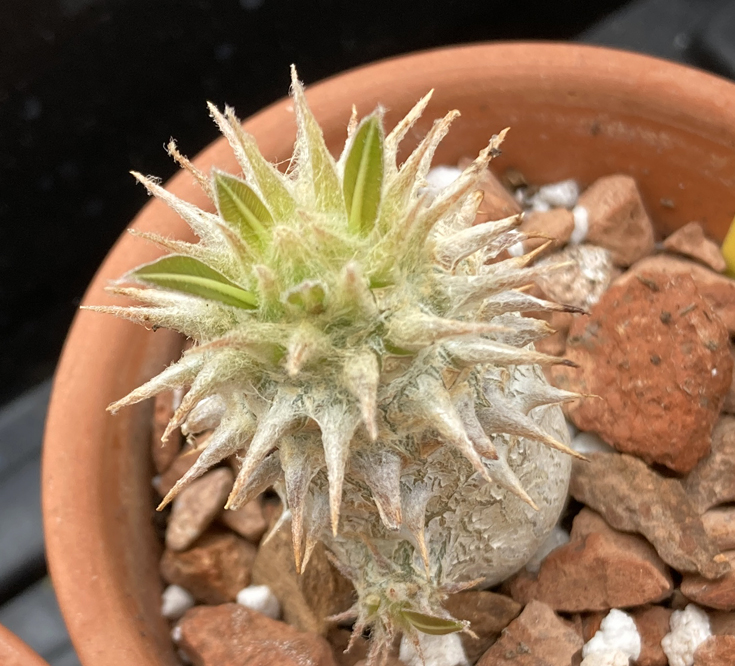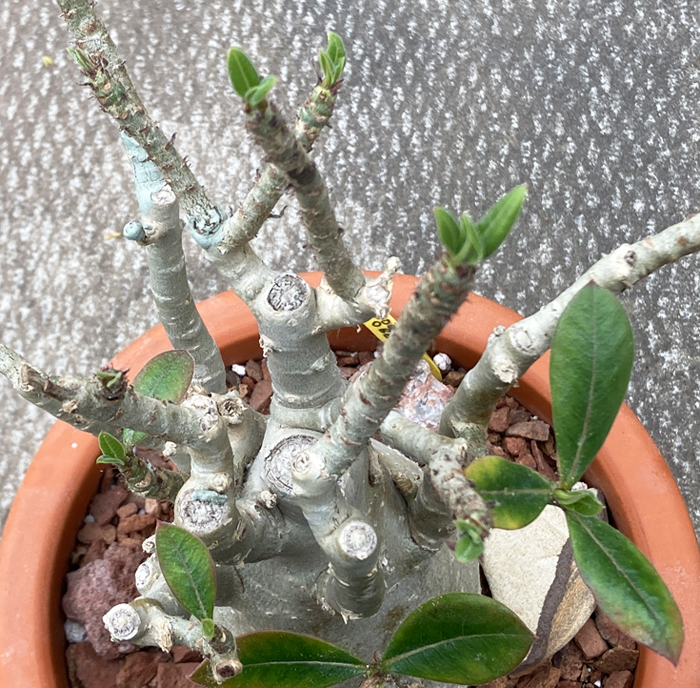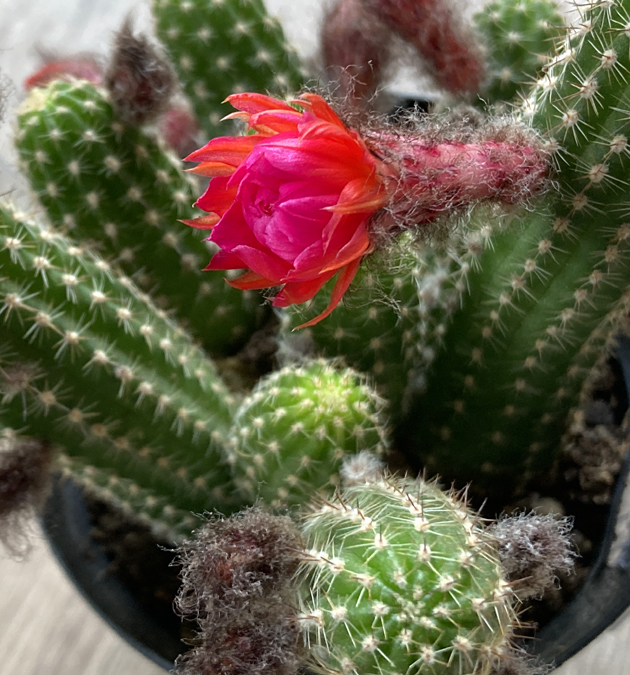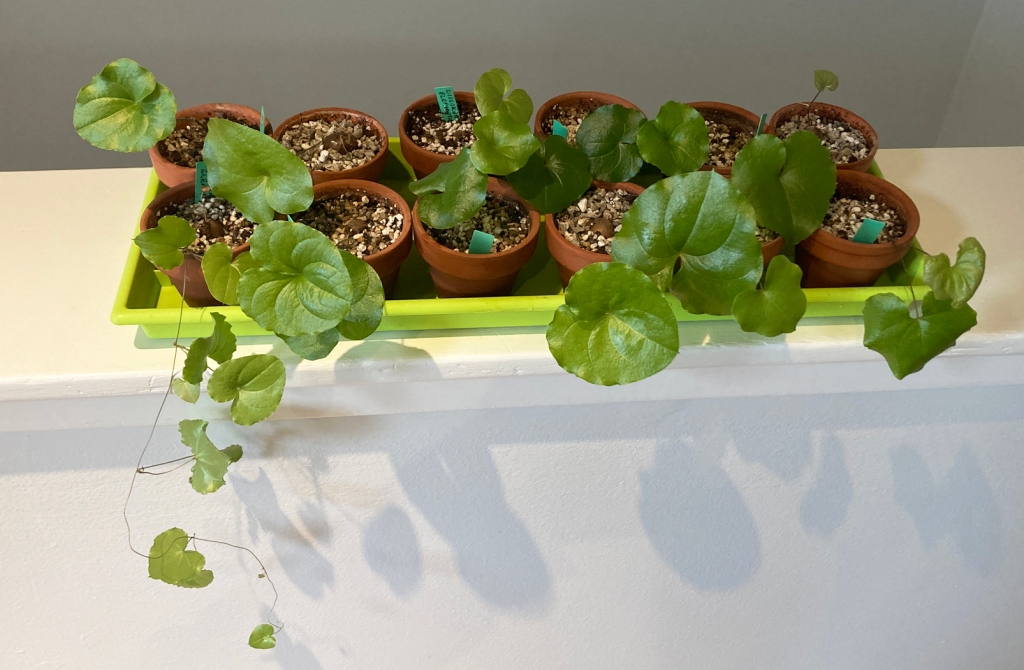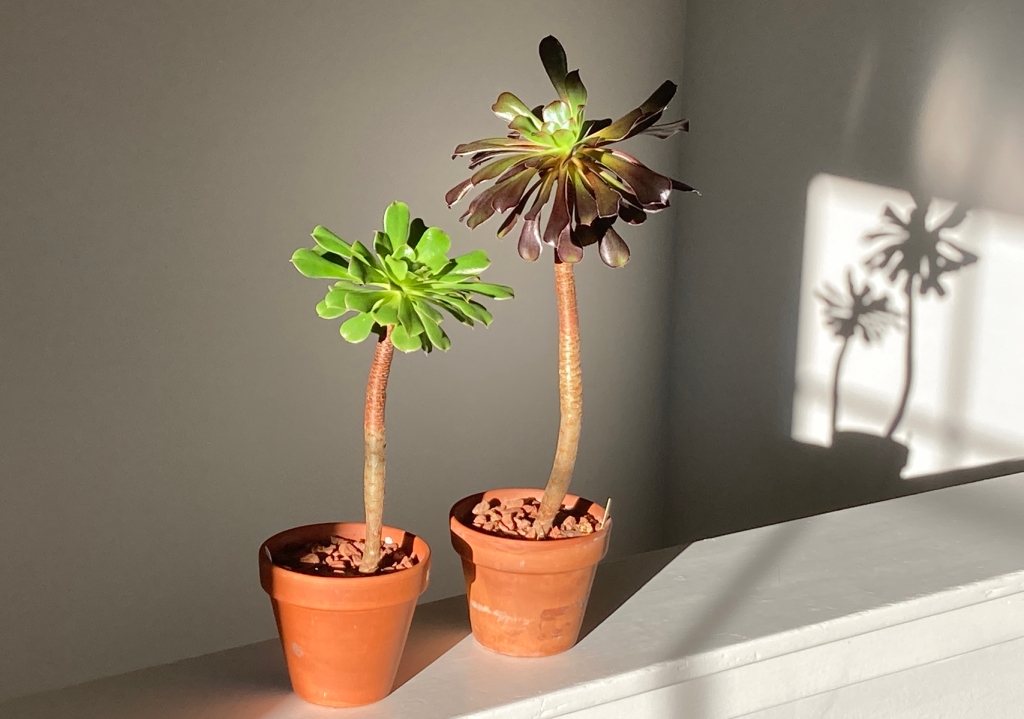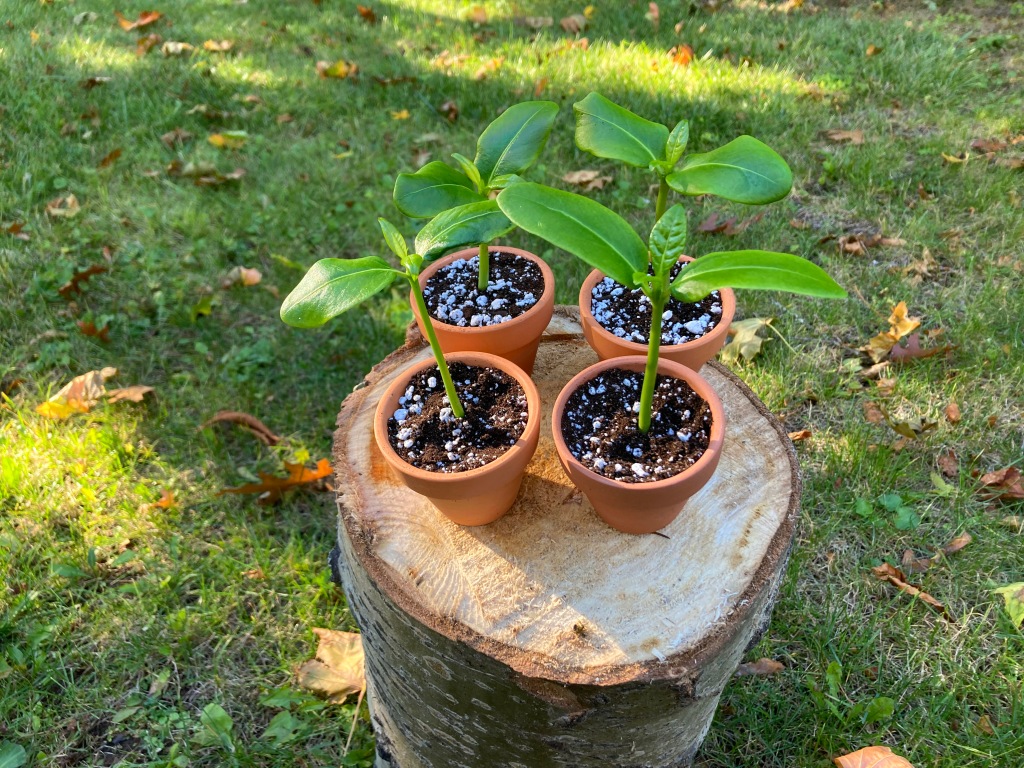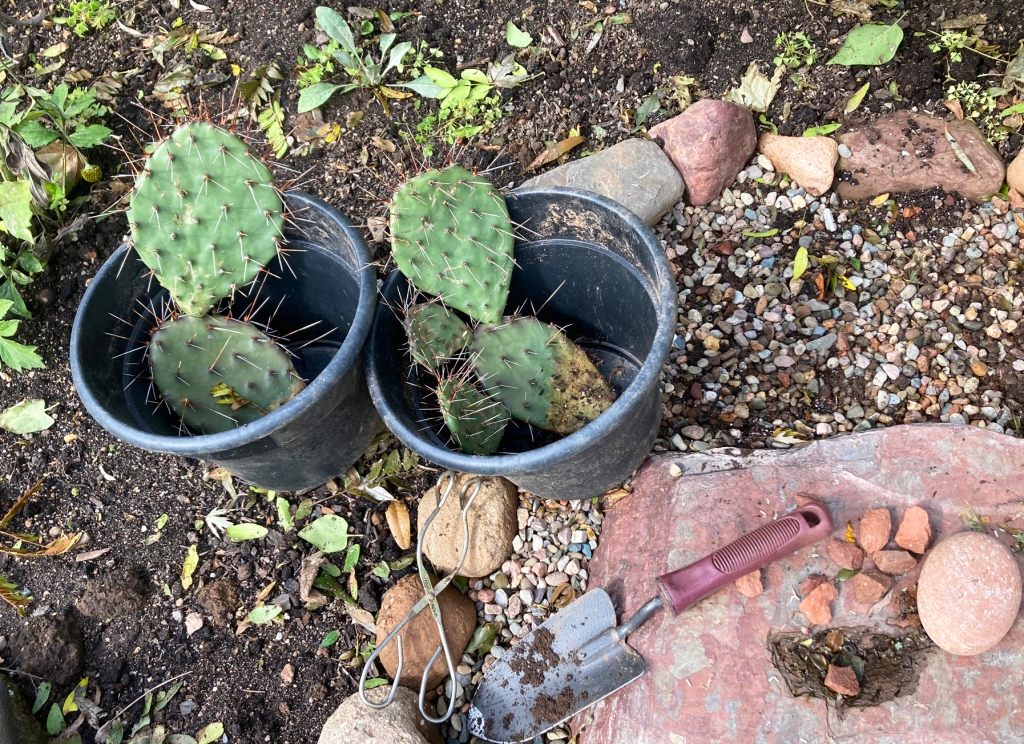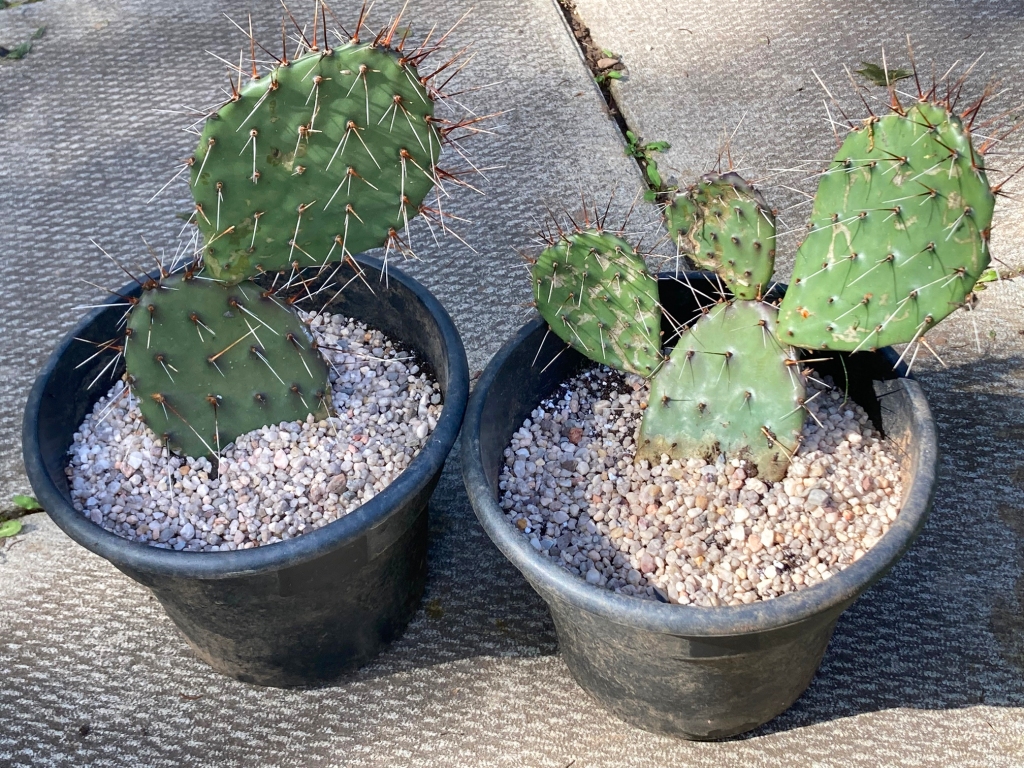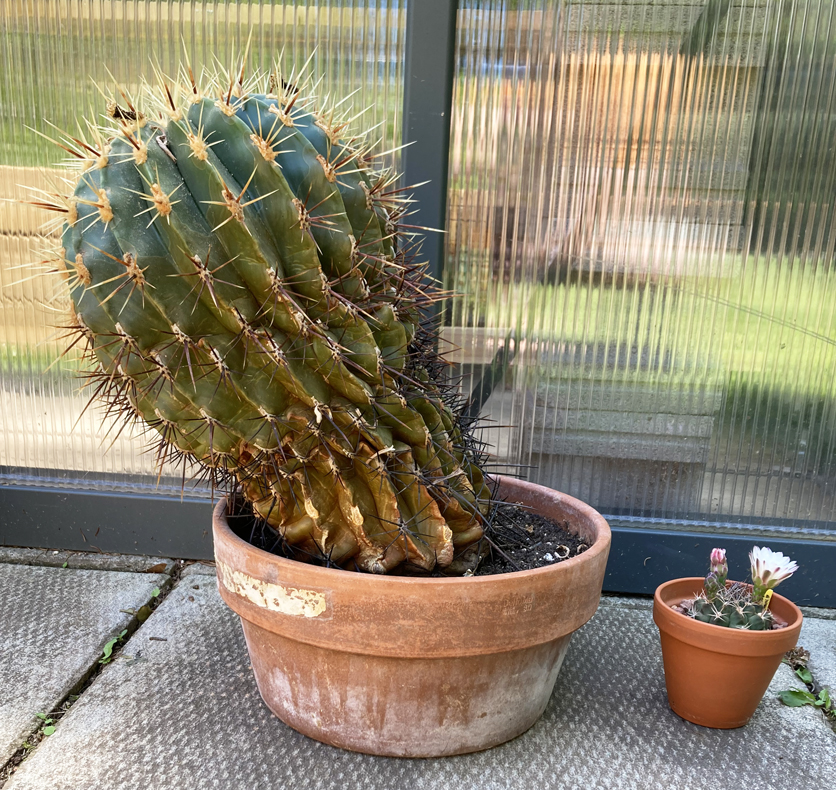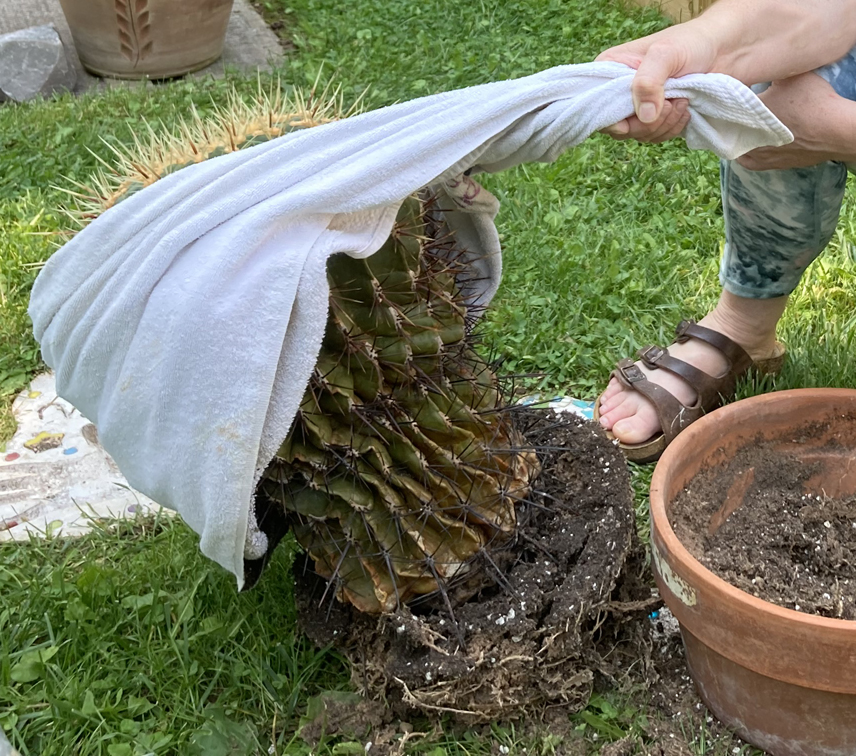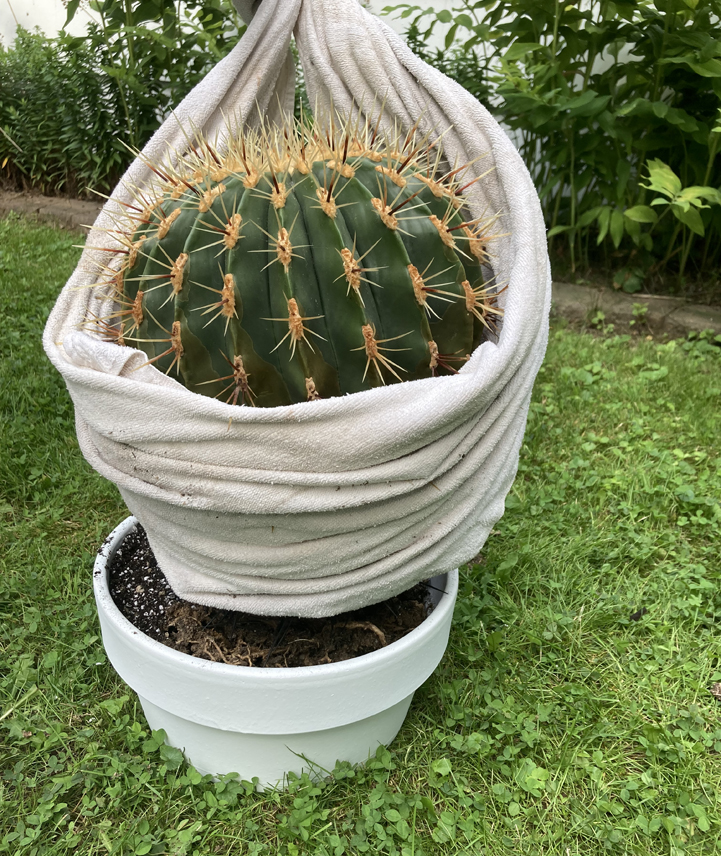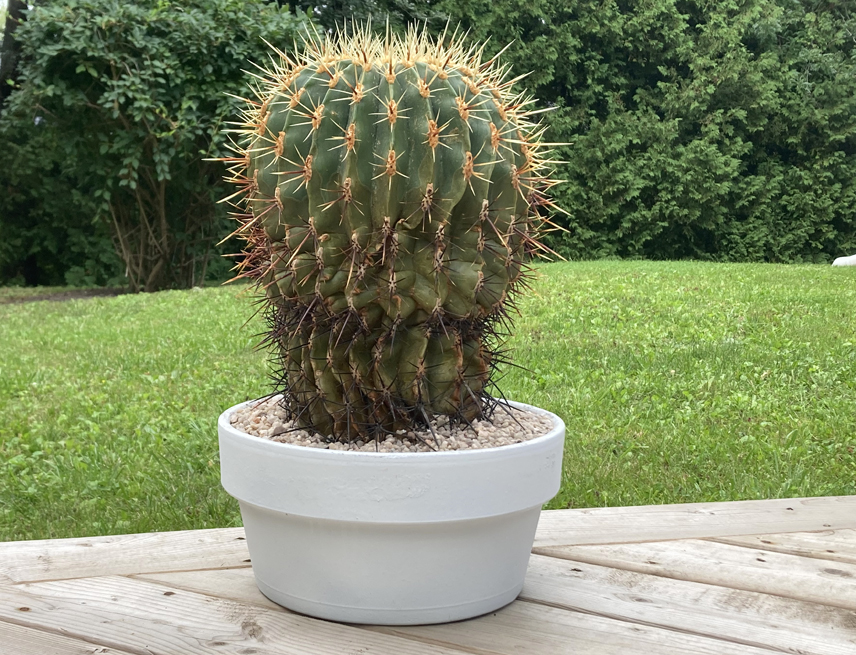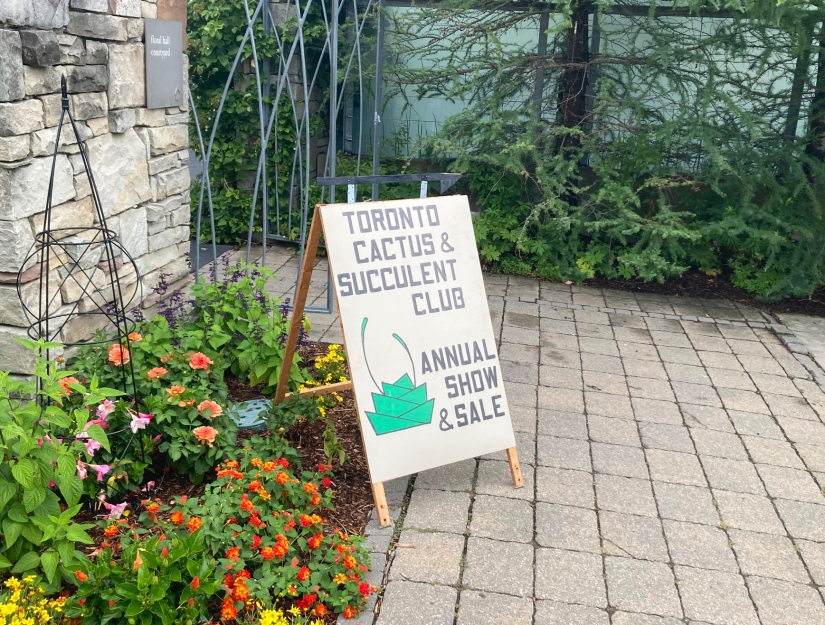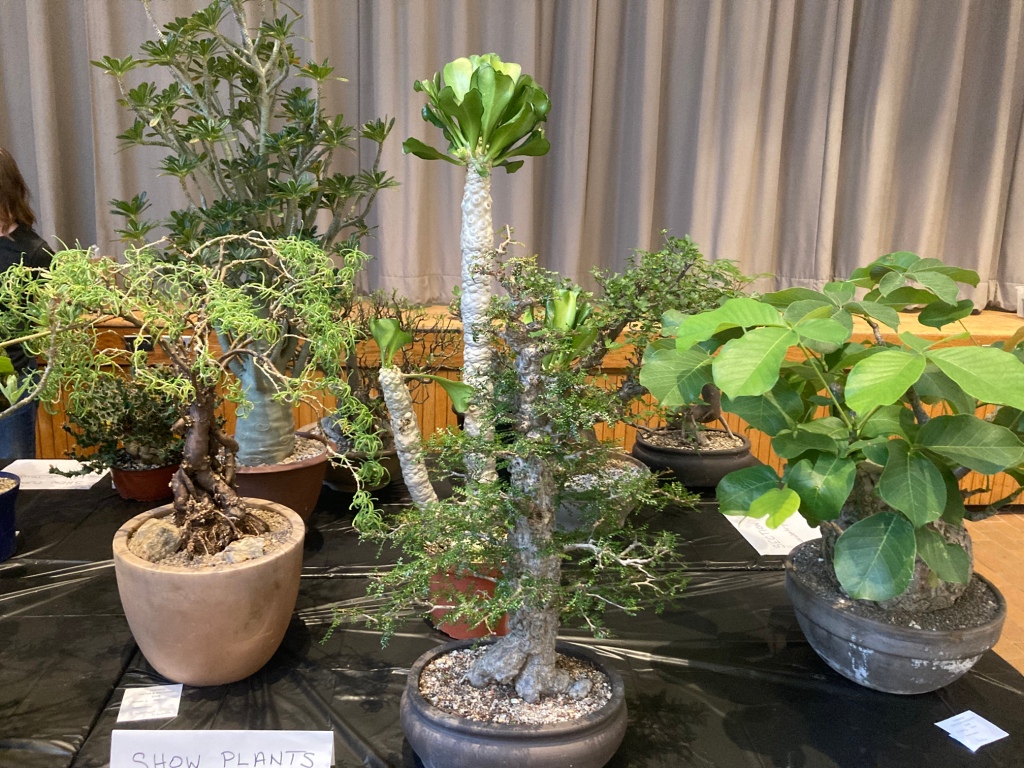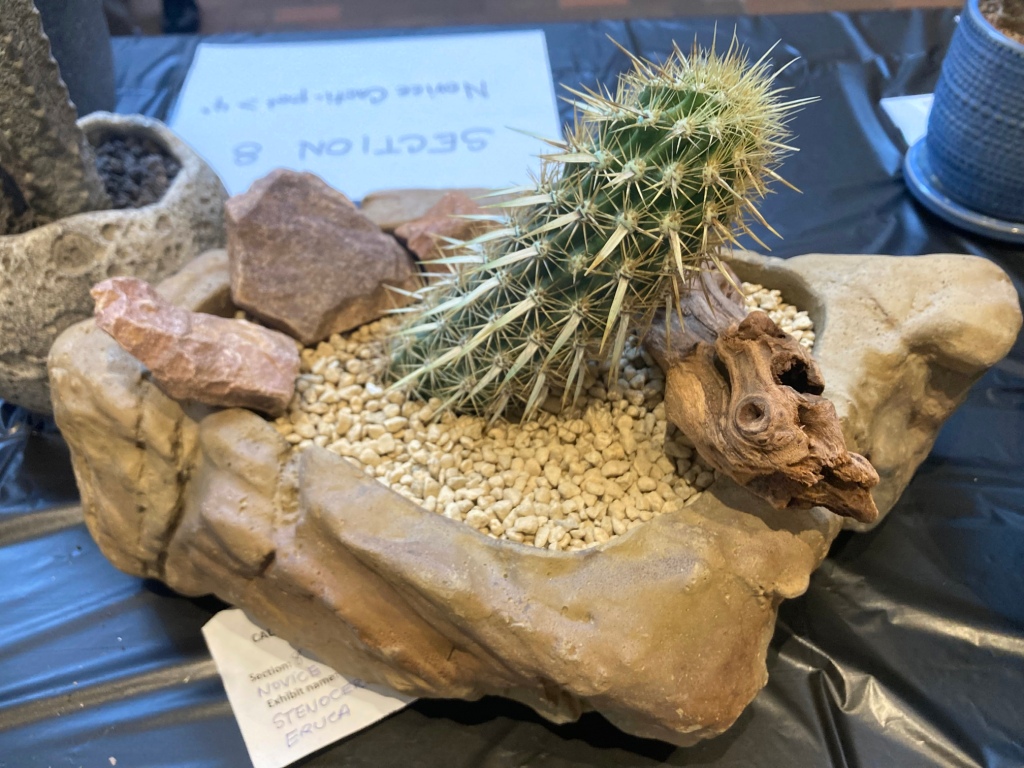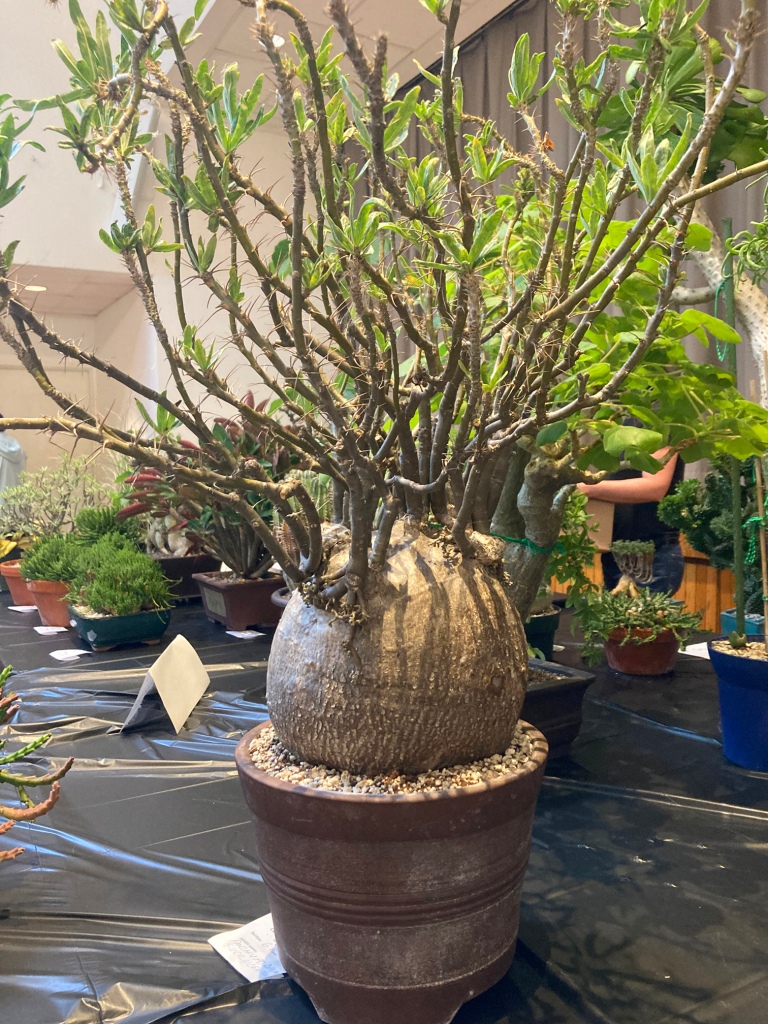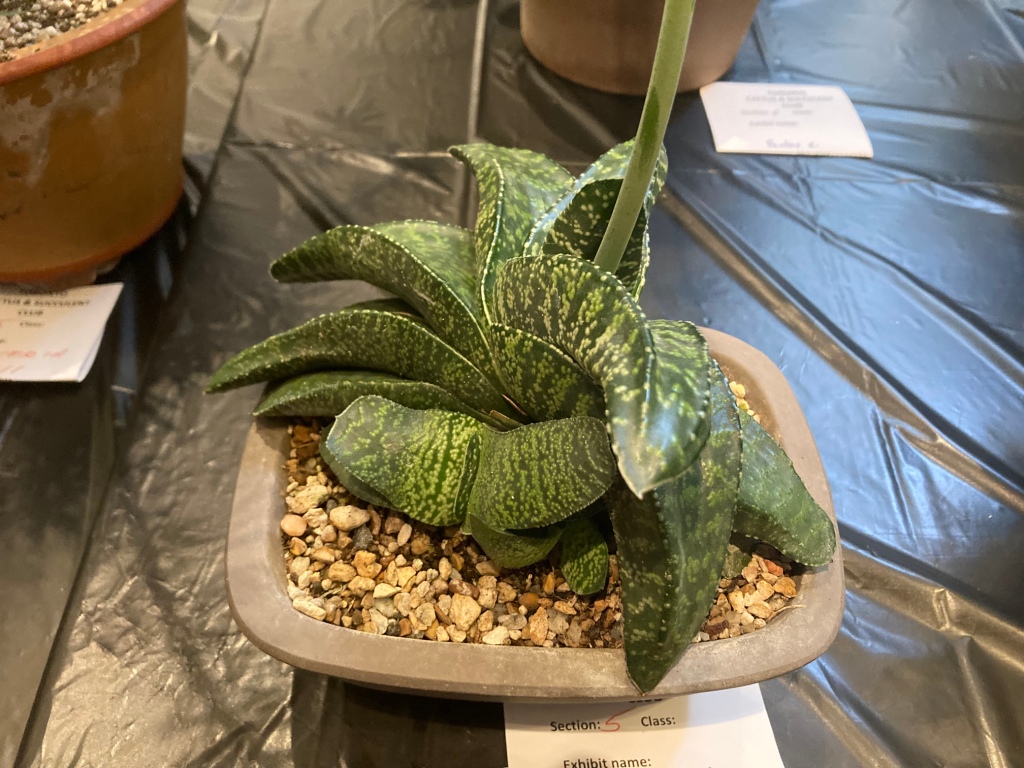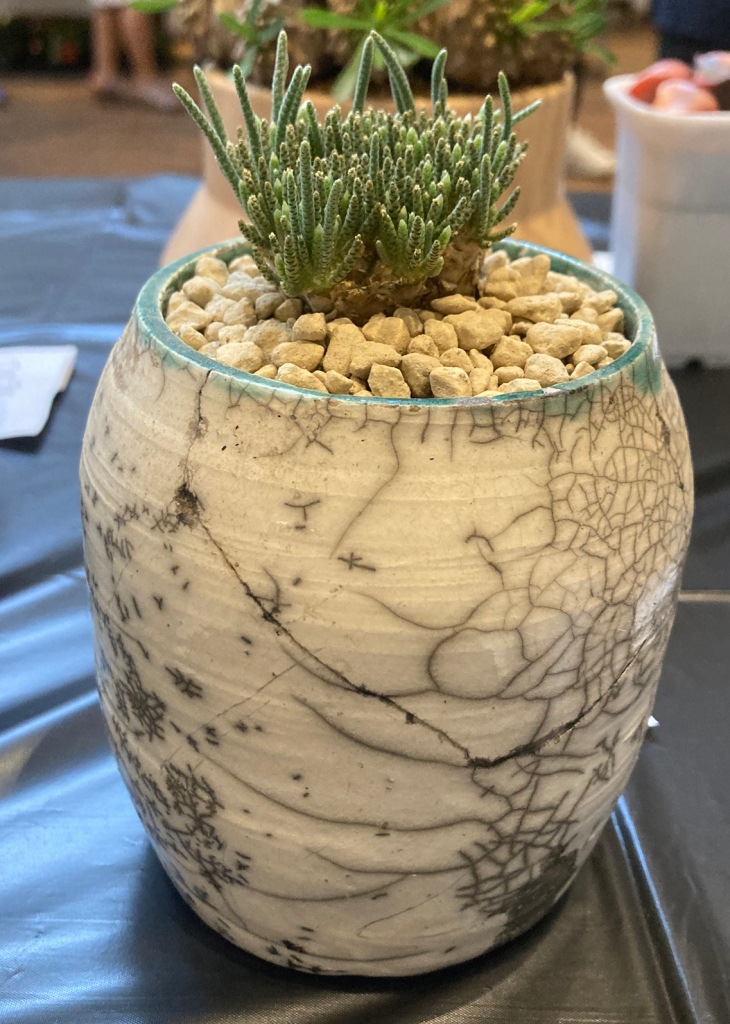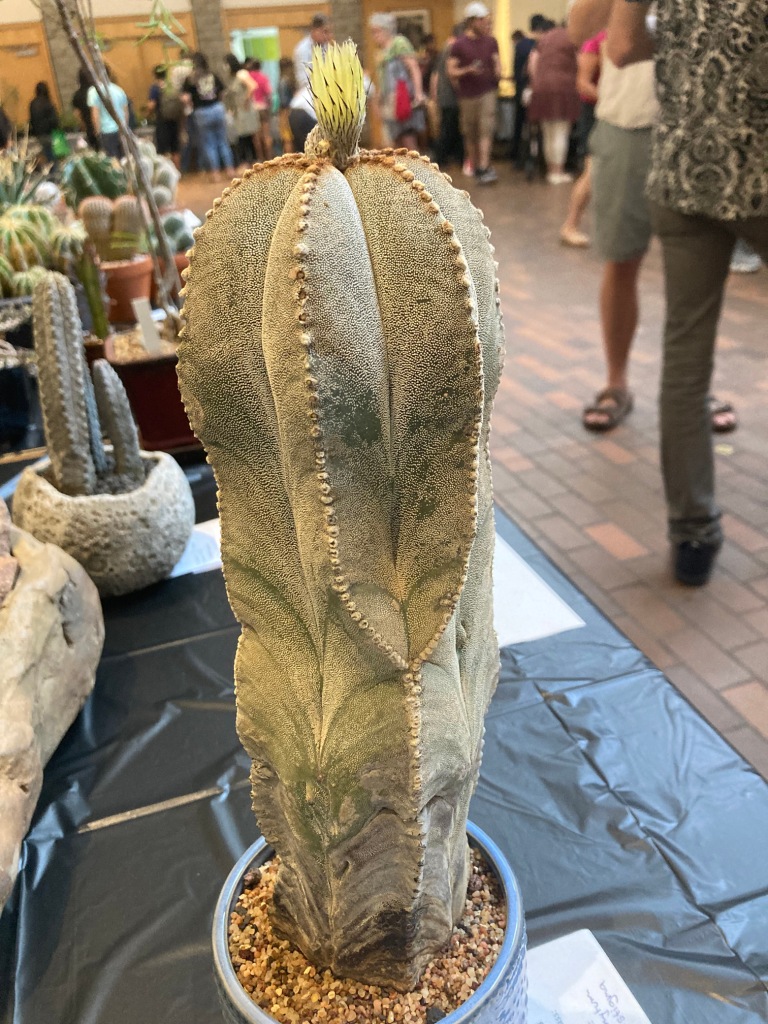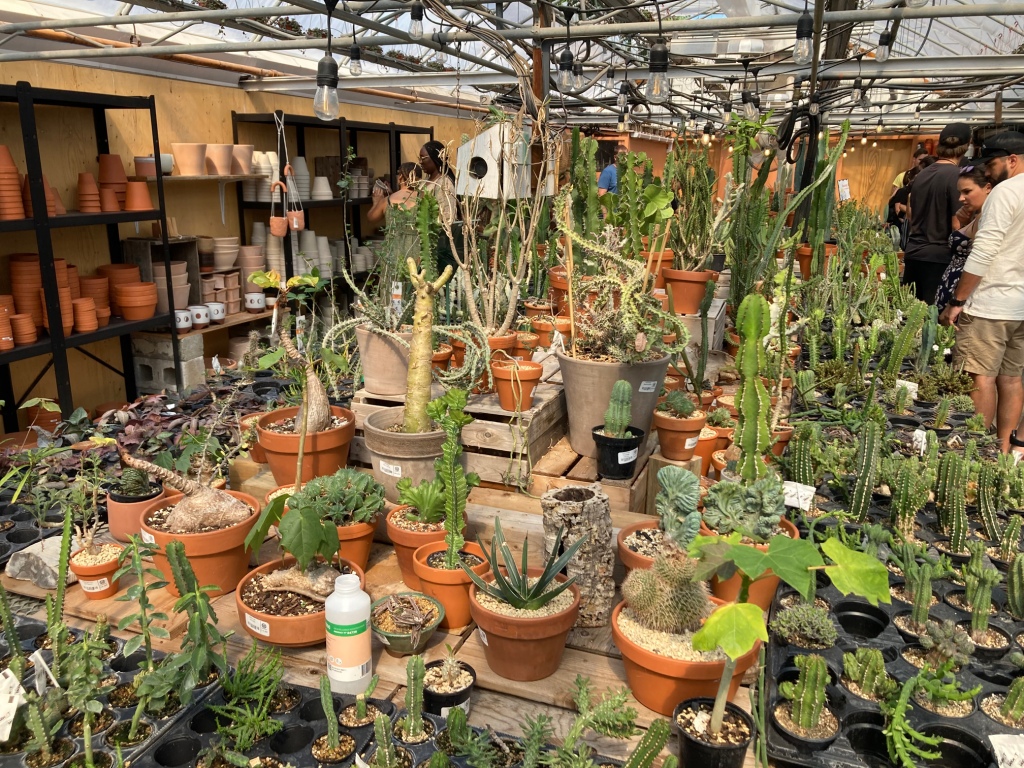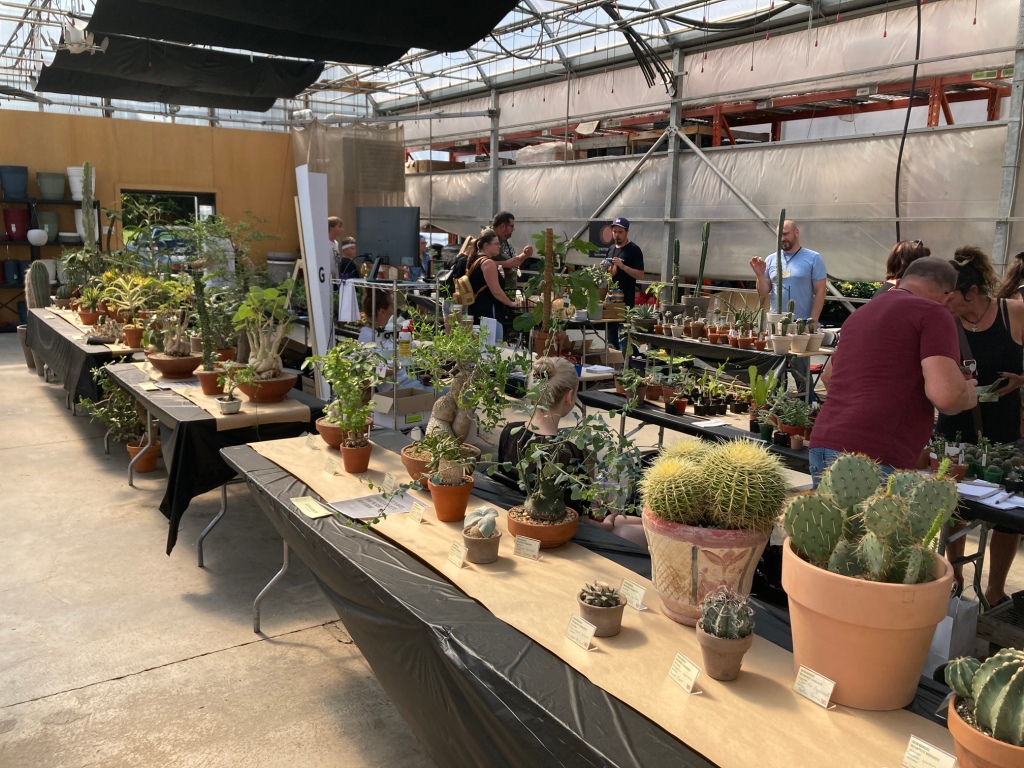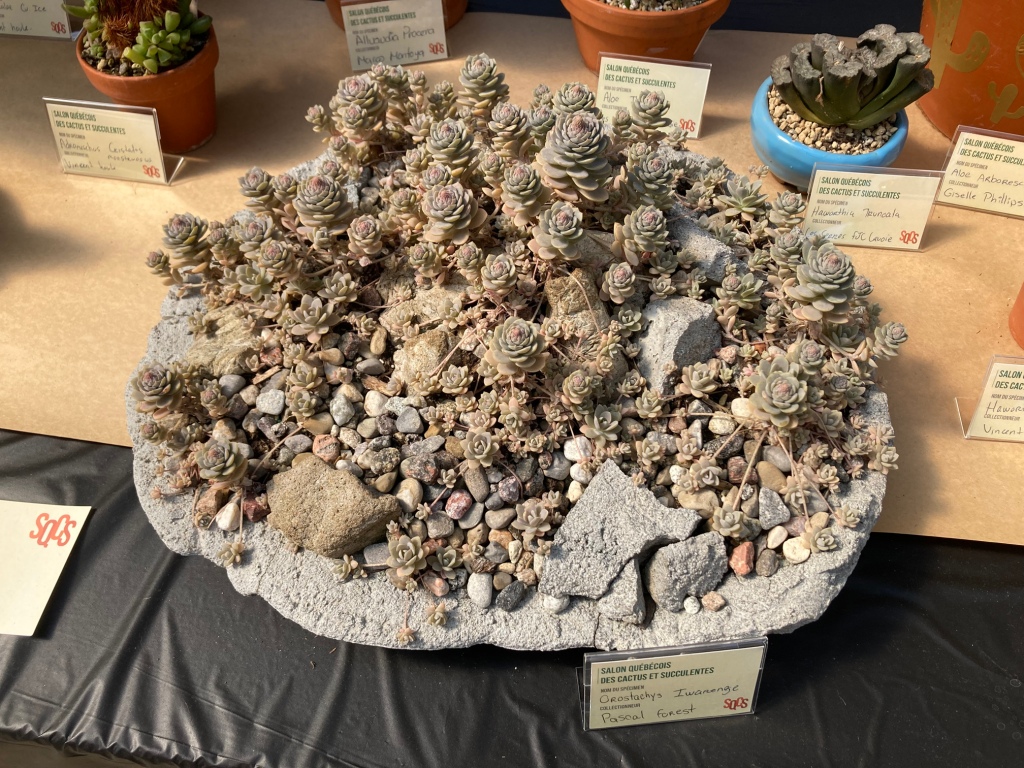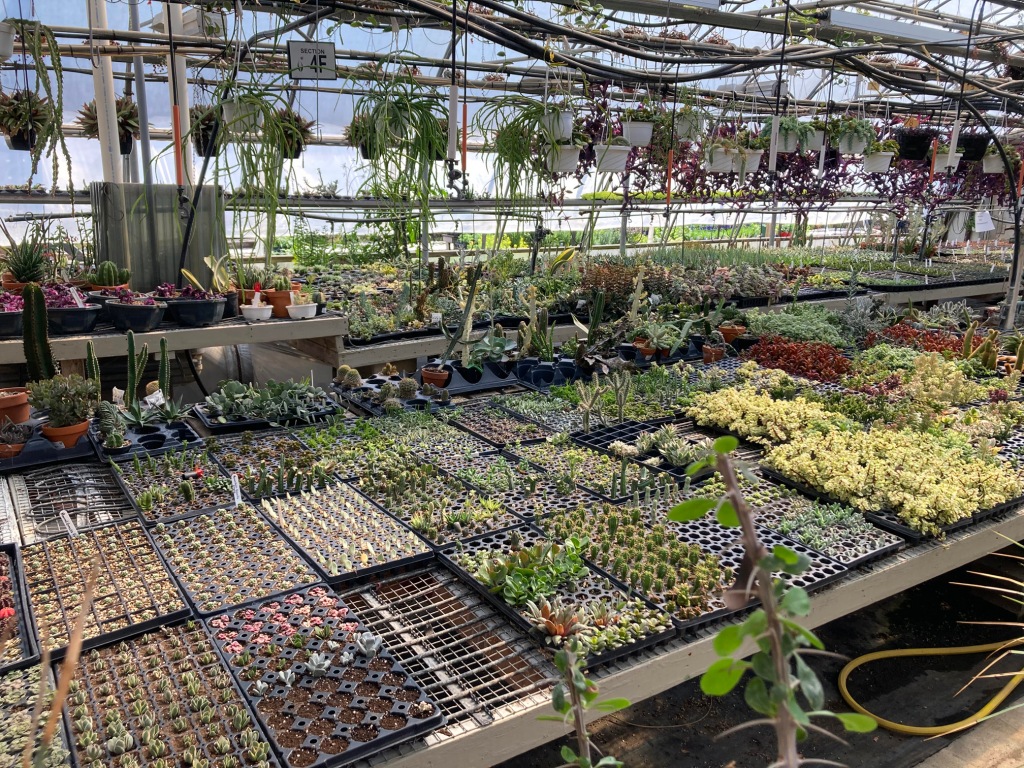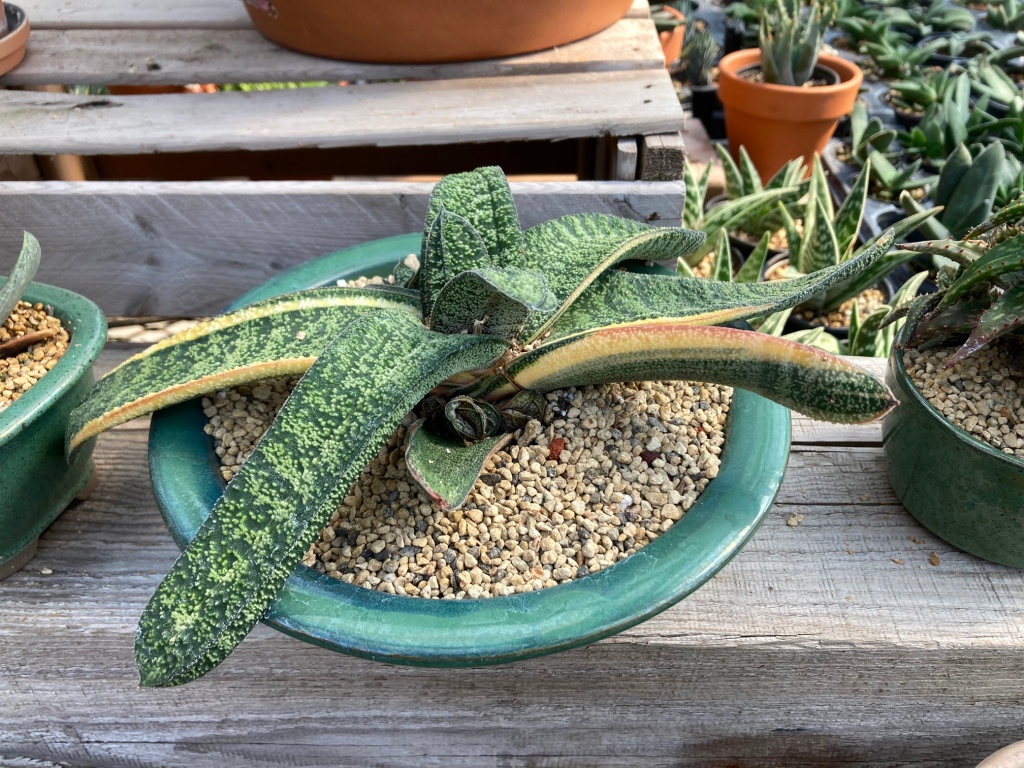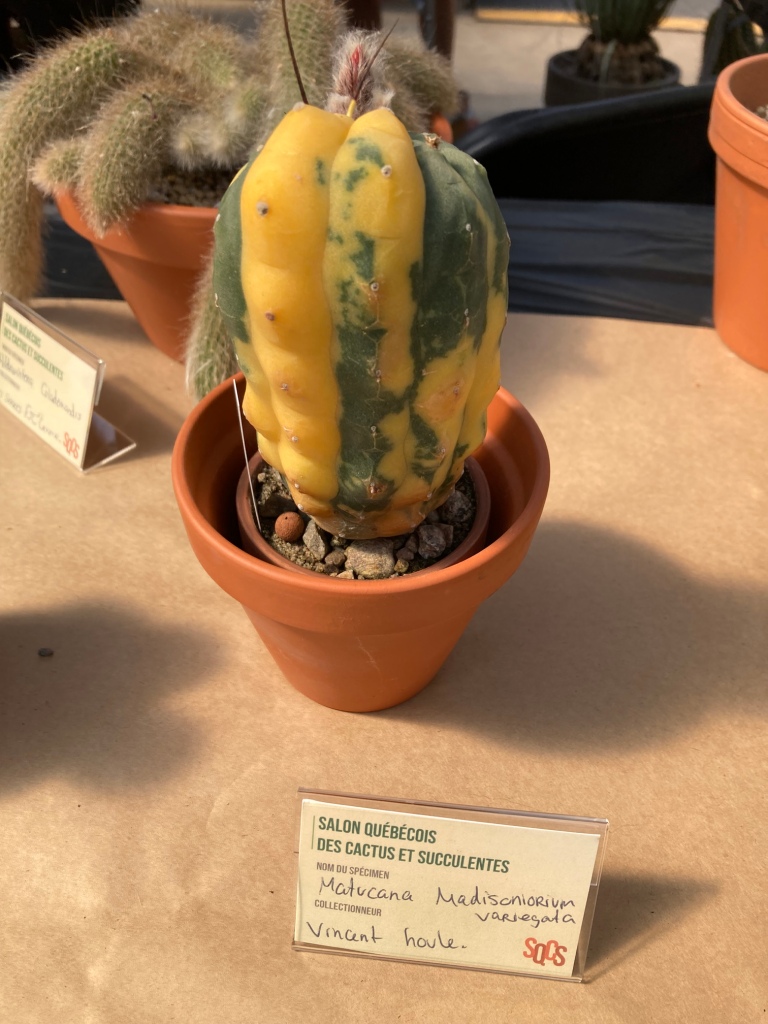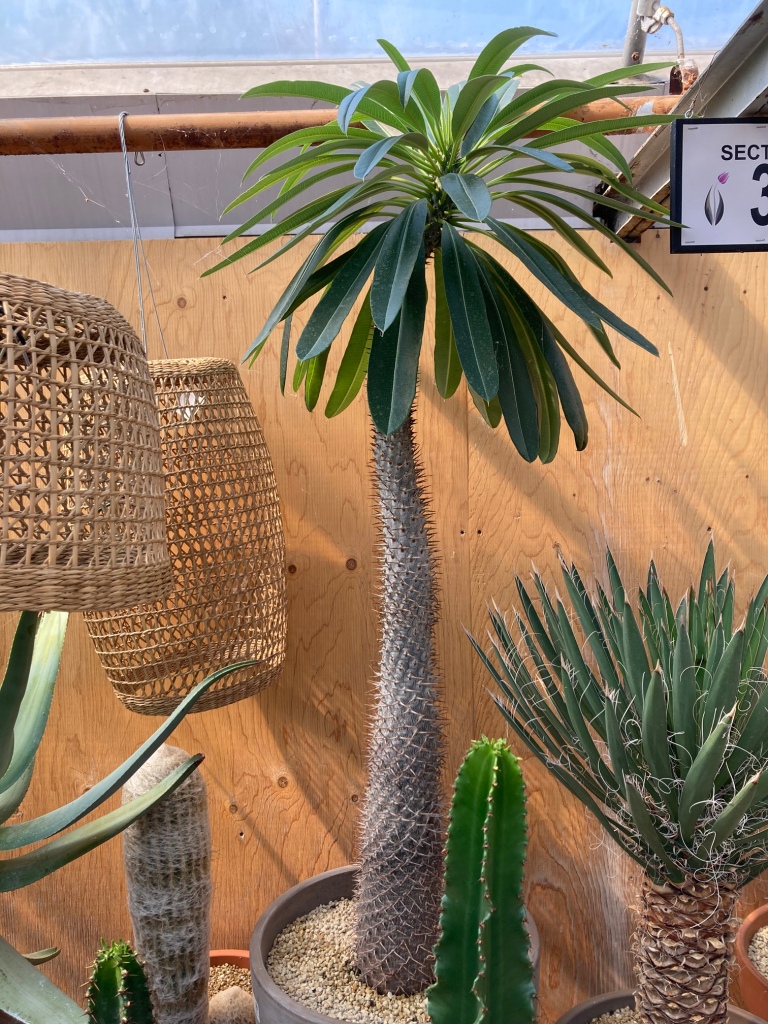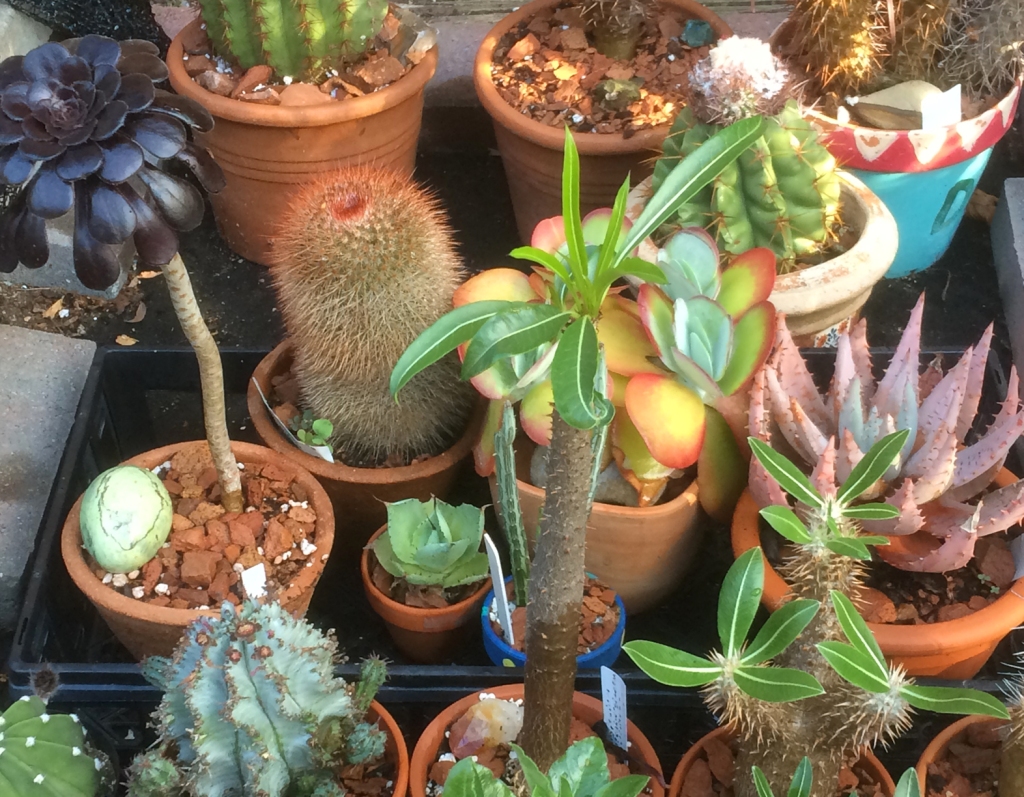
Sometimes we get asked if succulents are safe for pets. That is, if a dog or cat eats part of a succulent (or even a whole plant), will they get sick, or – worst case scenario – die? The short answer is that some succulents, like all plants, are safe if ingested by pets while some are not.
The important thing to do is research the type of plant you have (a simple Google search to start with) to determine it’s toxicity. If you don’t know the name of your plant, the safe thing to do is keep it out of reach of pets, or give it away to a pet-less friend. Luckily, most dogs – unless they’re large – can’t reach high places, so a high table or shelf may suffice if you want to keep that special 50 year old Aloe you were given. Cats, on the other hand, are climbers and will usually figure out a way to access any plant. Often they will want to nibble on it, either out of boredom or just curiosity.
Some common succulents that are toxic to cats and dogs include the aforementioned Aloes, as well as Jade plants, Sansevierias (“Snake Plant”) and most Kalanchoes and Euphorbias.
The ASPCA (American Society for the Prevention of Cruelty to Animals) has a good online guide to plant toxicities, both succulents and non-succulents. Because there are so many varieties of succulents, you won’t find them all in the guide. When unsure, it’s best to play it safe and either keep the succulent out of pet reach or not own it at all.
There are lots of plants out there that are safe for the stomach, all it requires is a little research to check!

